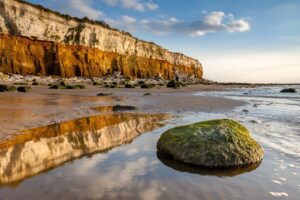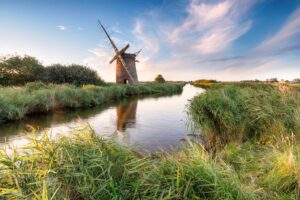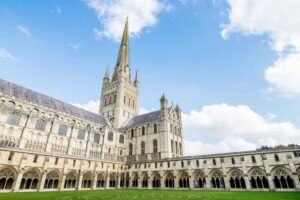
Top 15 Must-See Attractions in Norfolk, England
In East Anglia, Norfolk is predominately a rural county recognized for its expansive farmlands, expansive skies, historic windmills, charming towns, and picturesque waterways.
Read More 





